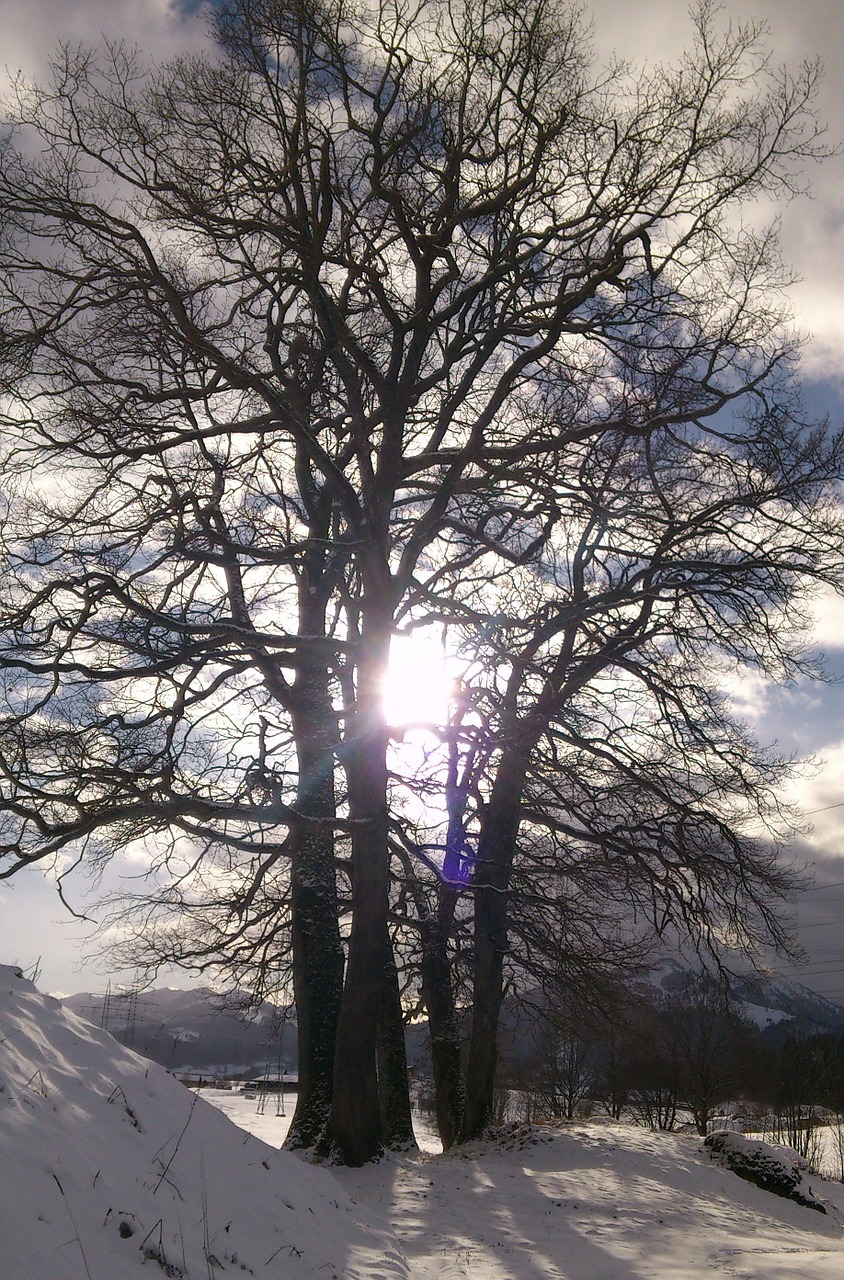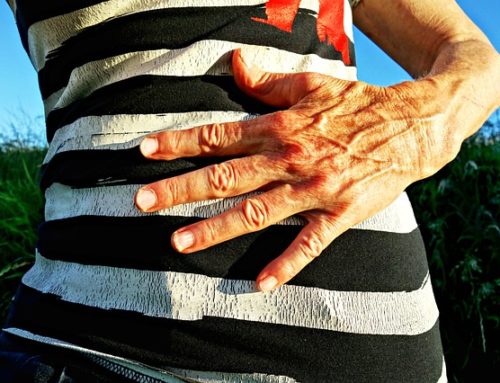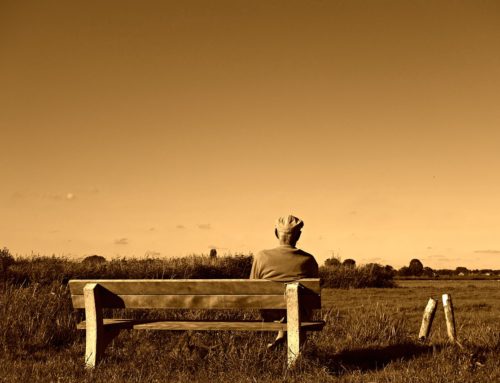At this time of year when the clocks have gone back, day light hours reduced, and leaves start to fall it is thought that 1:3 people will start to feel the effects of Seasonal Affective Disorder, women are 40% more likely to suffer than men.
SAD is a form of depression and symptoms, tend to be more severe in December, January, and February months as a result of the shorter days.
200 years ago around 75% of the population worked outside in natural light, nowadays it is around 10%. As a result of modern environmental and lifestyle changes; combined with living in the northern hemisphere which results in large changes in light levels, it is thought that modern living has affected the body’s ability to regulate the body clock and has increased the effect of light deficiency.
As a result more people are found to be suffering from SAD.
It is unclear the actual cause of SAD, but as previously mentioned, theories consist of the effect of quantity and quality of light and disrupted body clock; also reduced serotonin and melatonin levels, a traumatic life event, physical illness, diet, medication, street drugs and alcohol may also have an influence.
10 Common symptoms include:
- Persistent low mood
- Decreased interest and pleasure in everyday activities
- Despair, Guilt, worthlessness feelings
- Lack of energy and increased tiredness
- Sleeping for longer
- Difficulty getting up in the morning
- Craving carbohydrates resulting in gaining weight.
- Tearful, increased stress and anxiety
- Decreased libido
- Not wanting to socialize
Treatment for SAD:
- Johns Wort
- Light Therapy- light therapy is often an effective treatment approach.
- Light Boxes- specially made light box to increase exposure to light and reduce symptoms and depression.
- Medication- psychiatric drugs, such as antidepressants, in combination with light therapy.
- Therapy– Research has found that cognitive behavioural therapy may be beneficial
Also try and maximize the amount of natural light that you are exposed to by getting out of the office and going for a walk in your work breaks , going for a run/exercise outside not enclosed in a gym, and spending as much time as possible outside on your day/s off.
References and articles:
https://www.healthambition.com/seasonal-affective-disorder
http://www.nhs.uk/Conditions/Seasonal-affective-disorder/Pages/Symptoms.aspx








